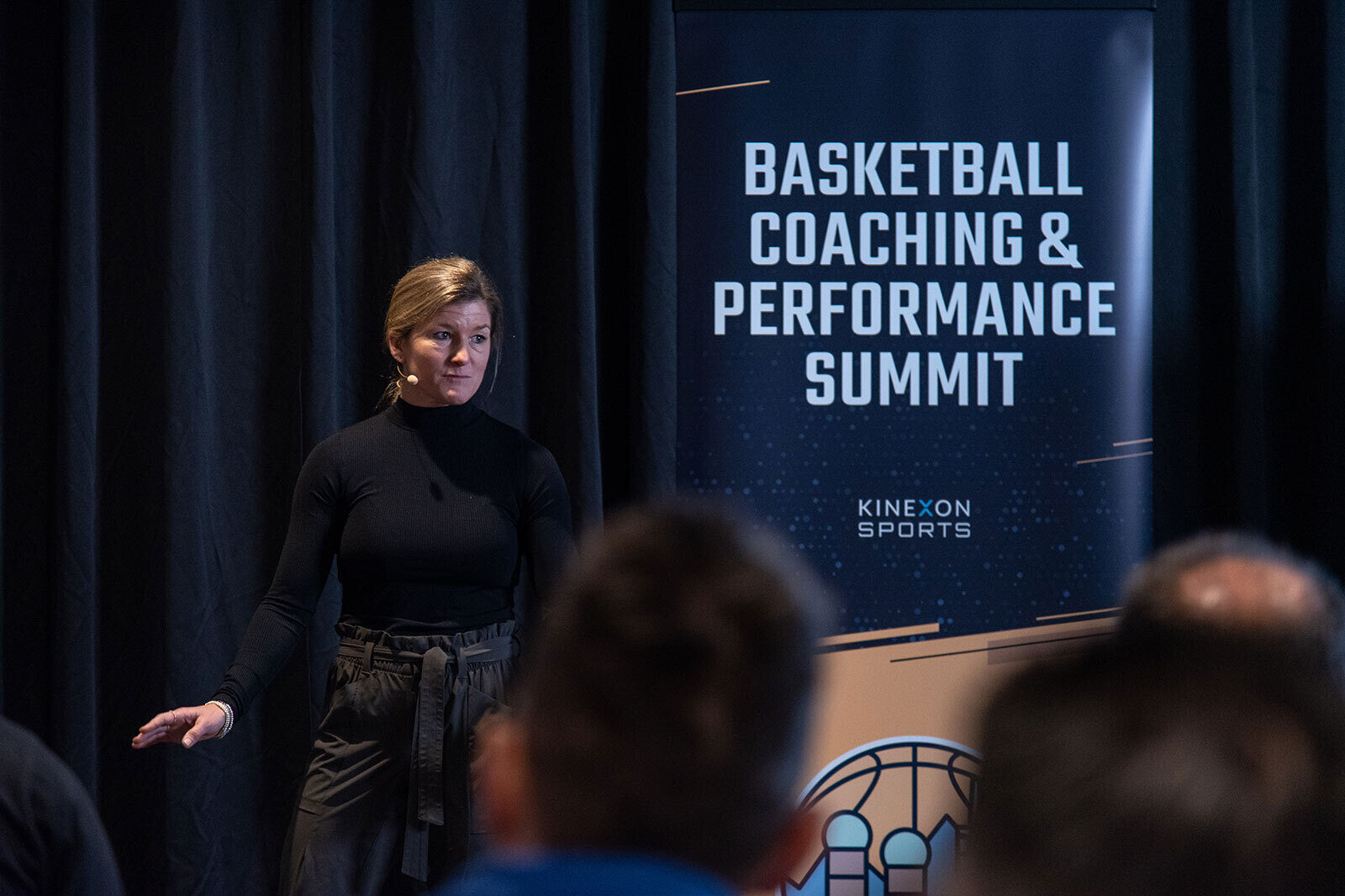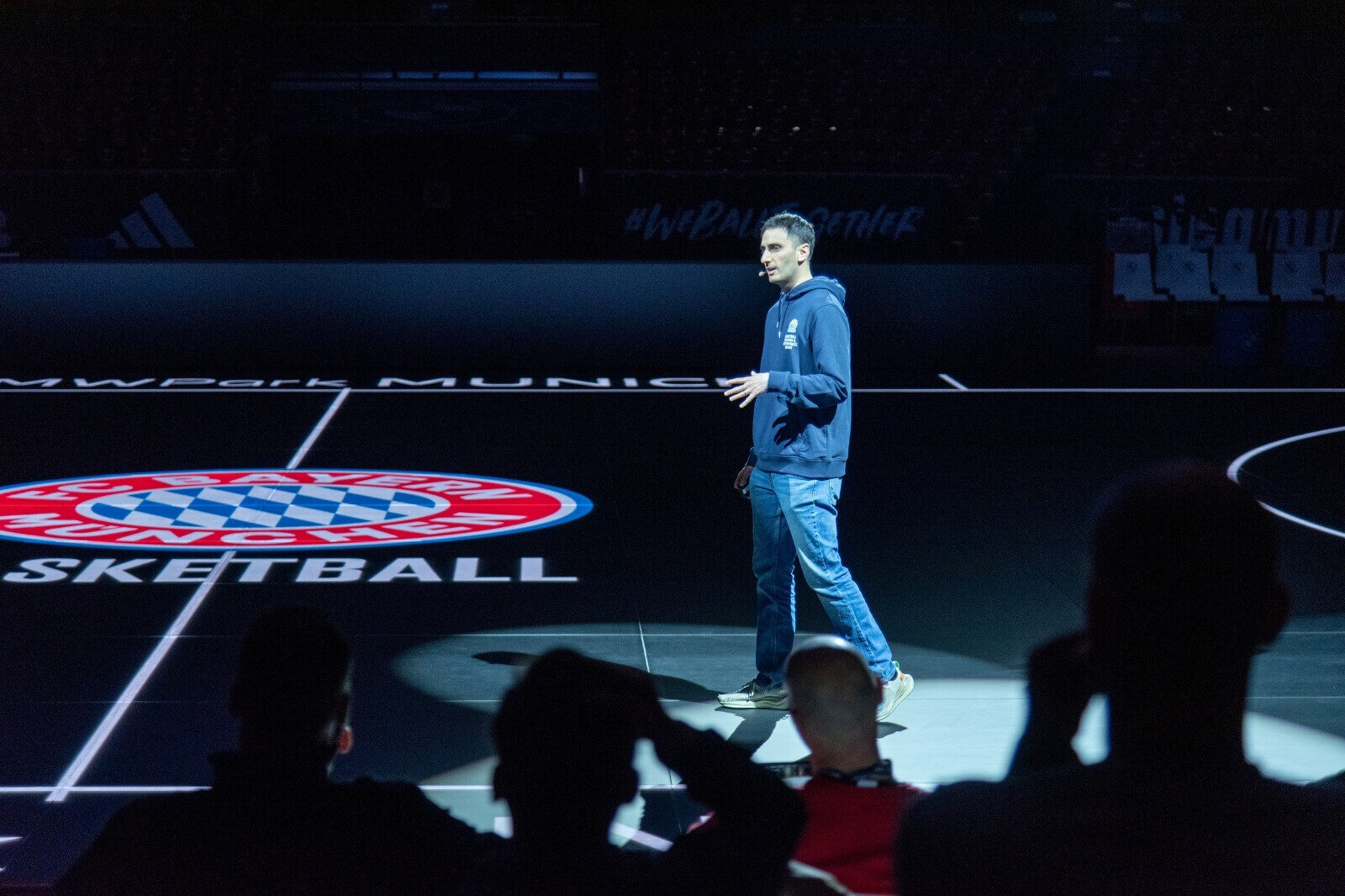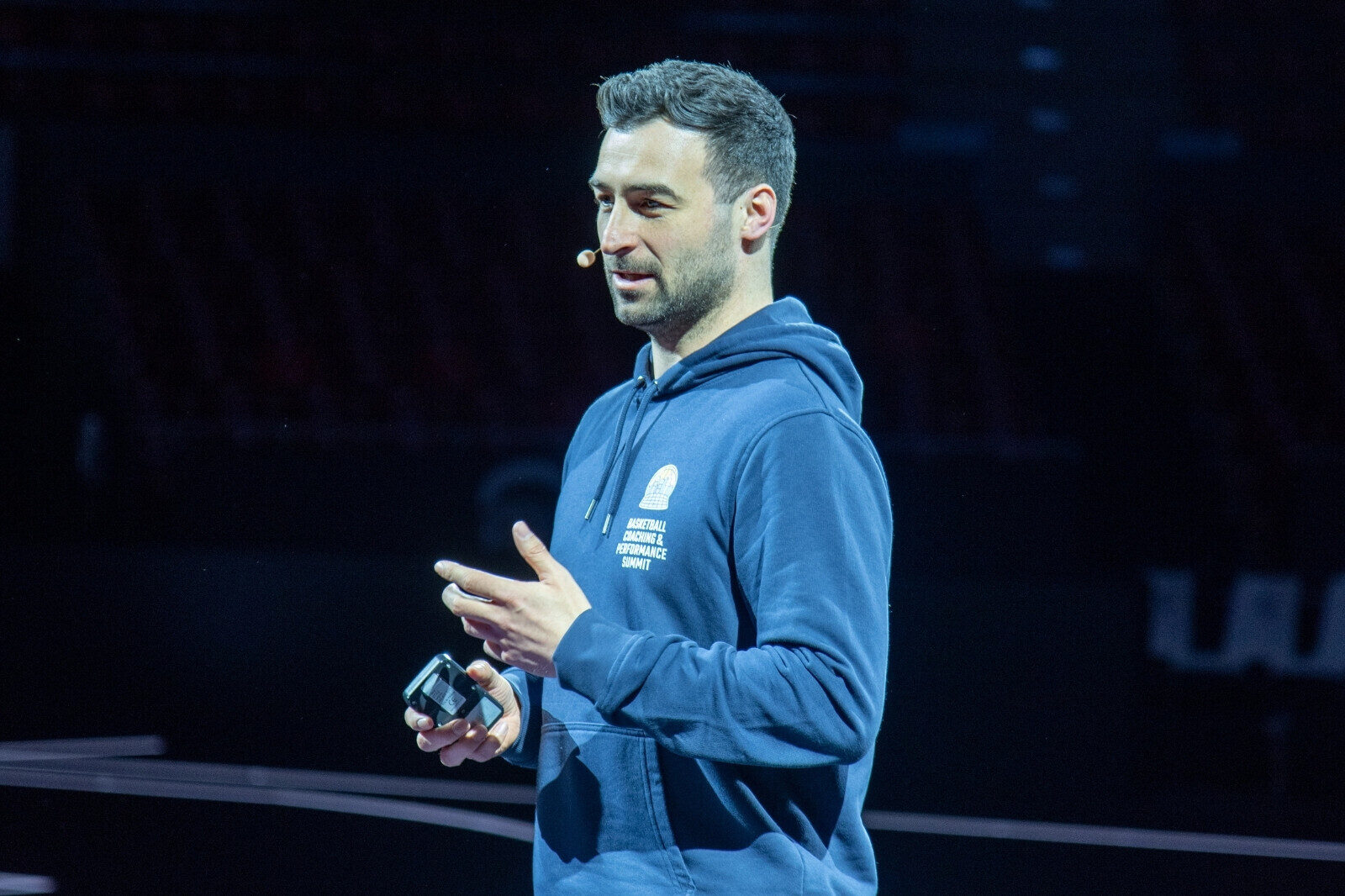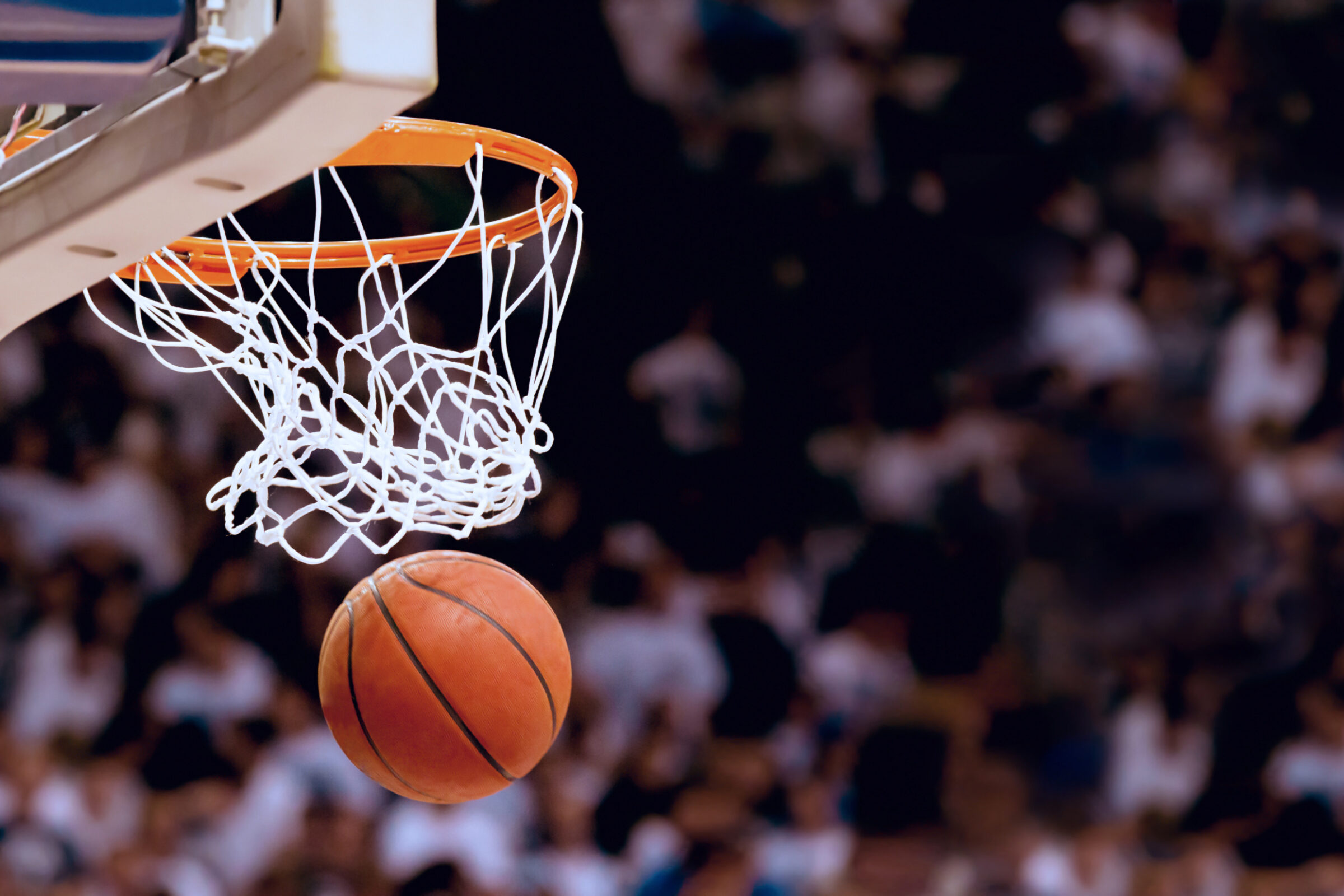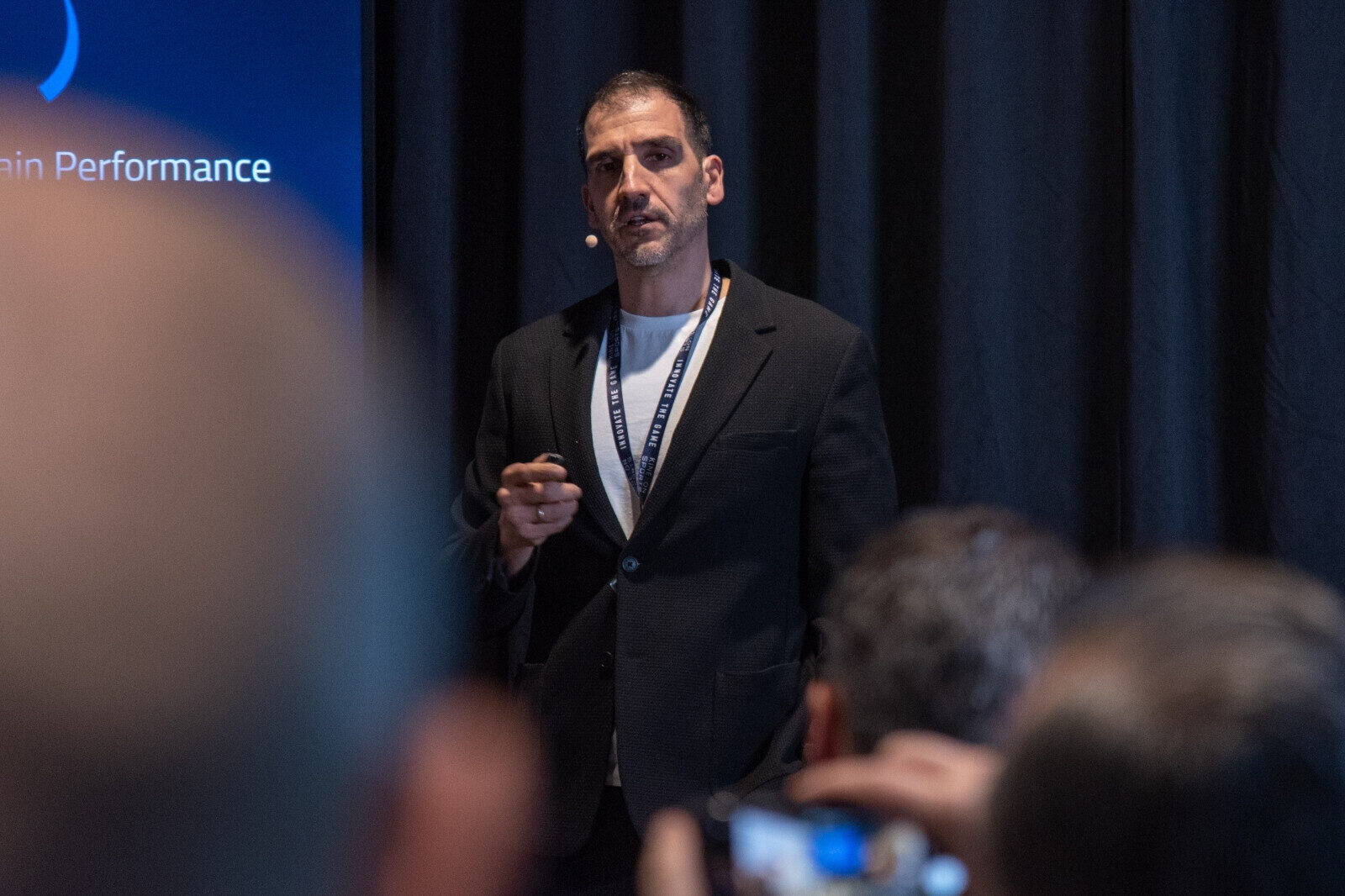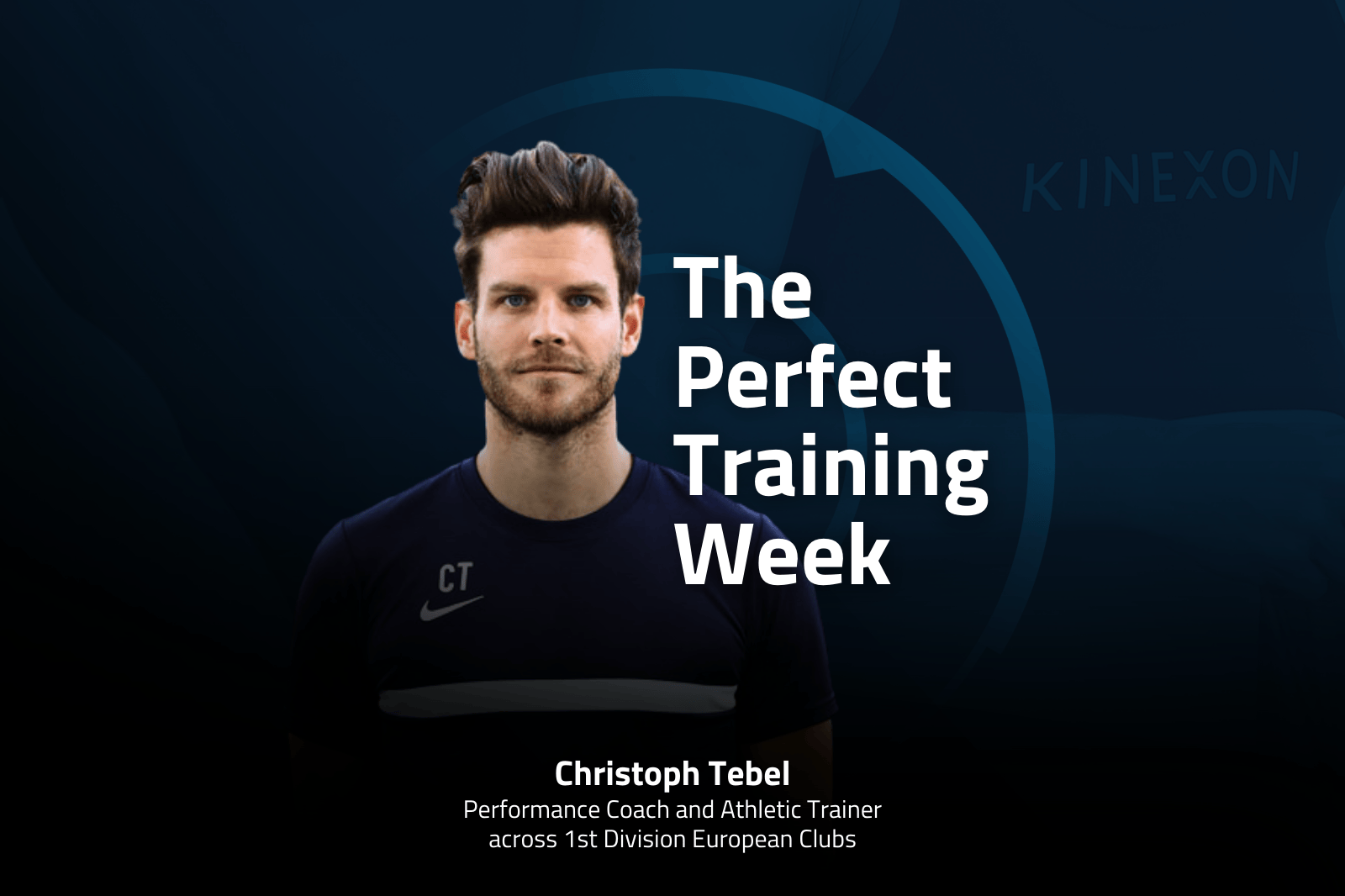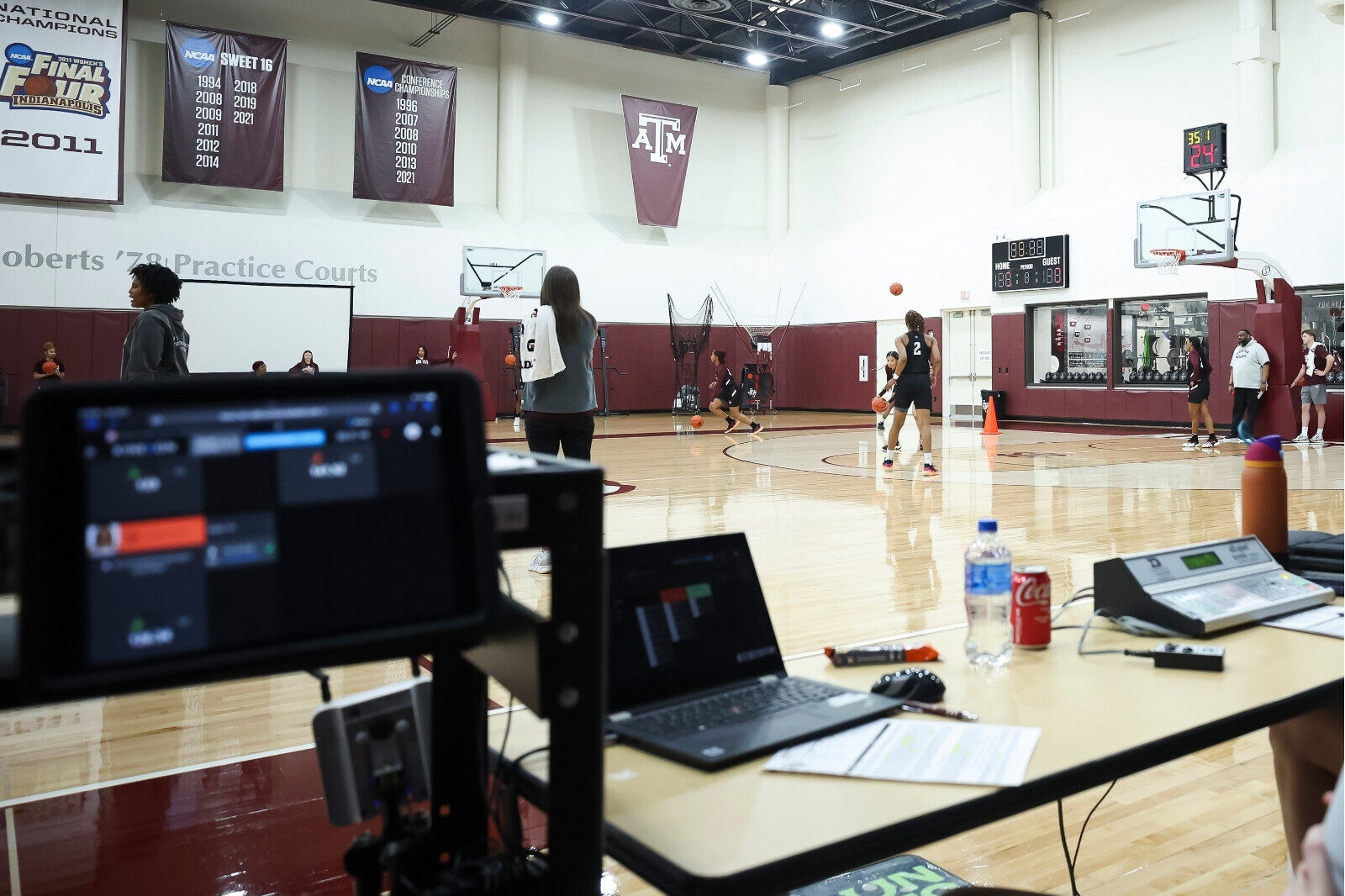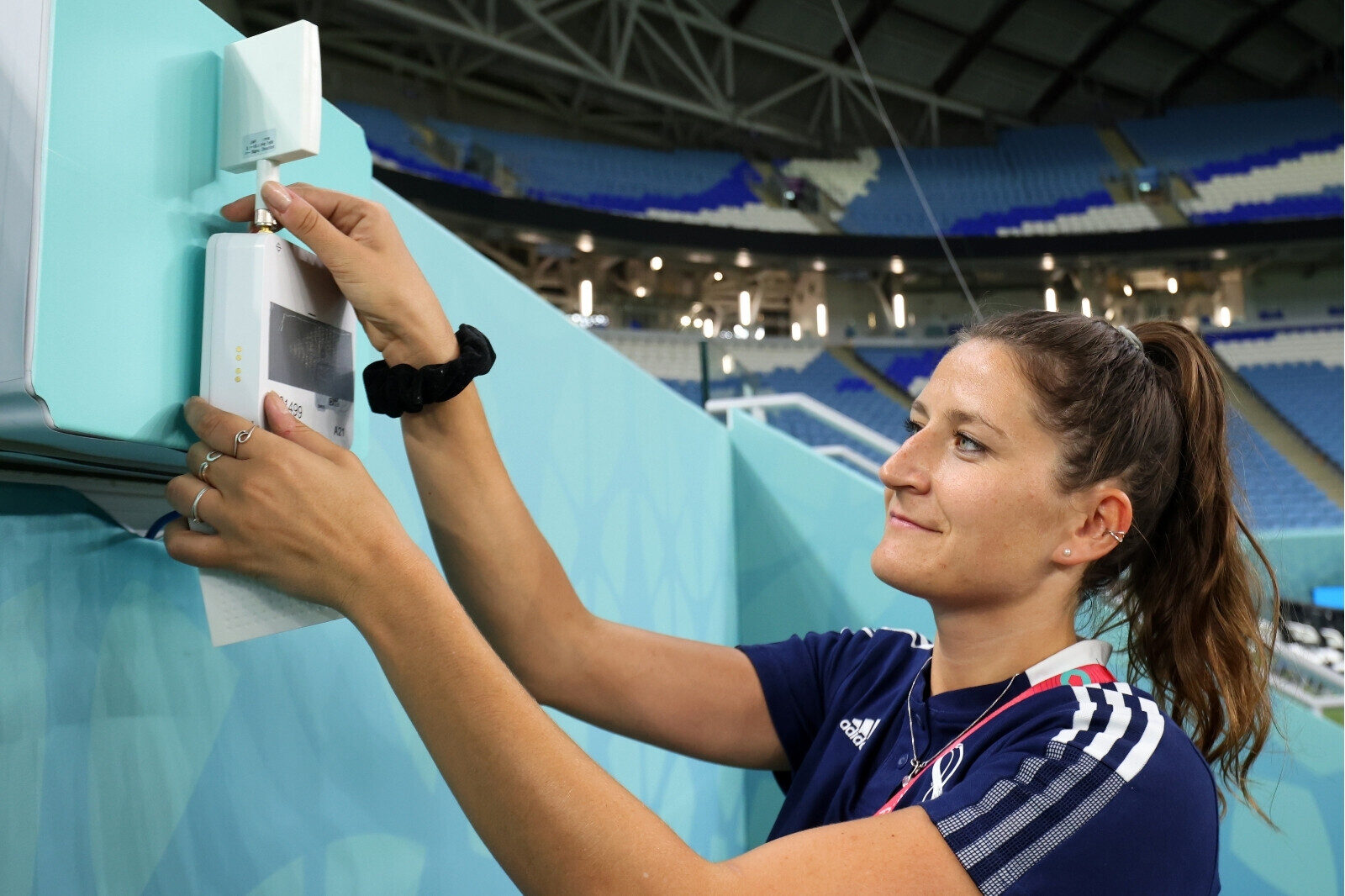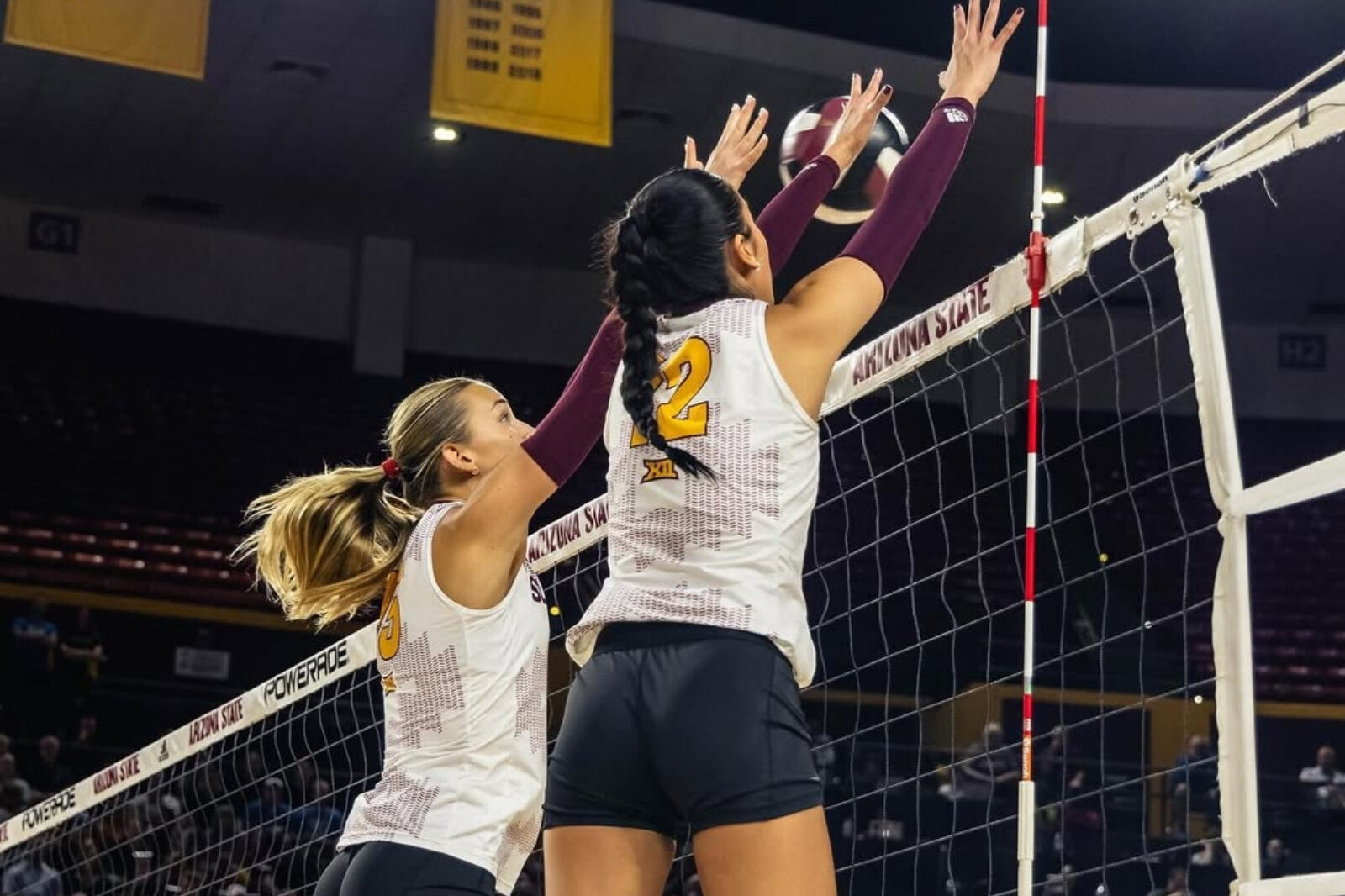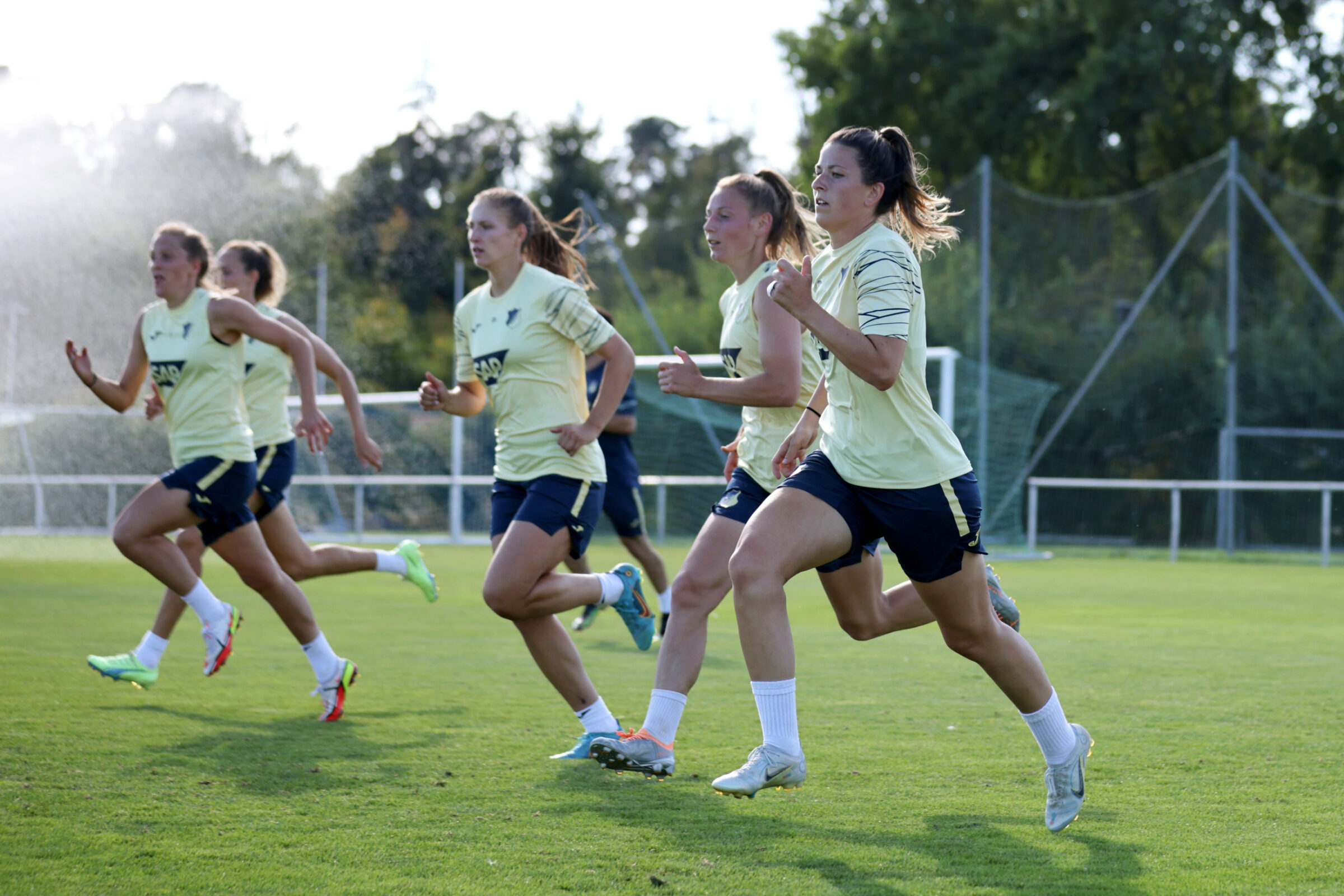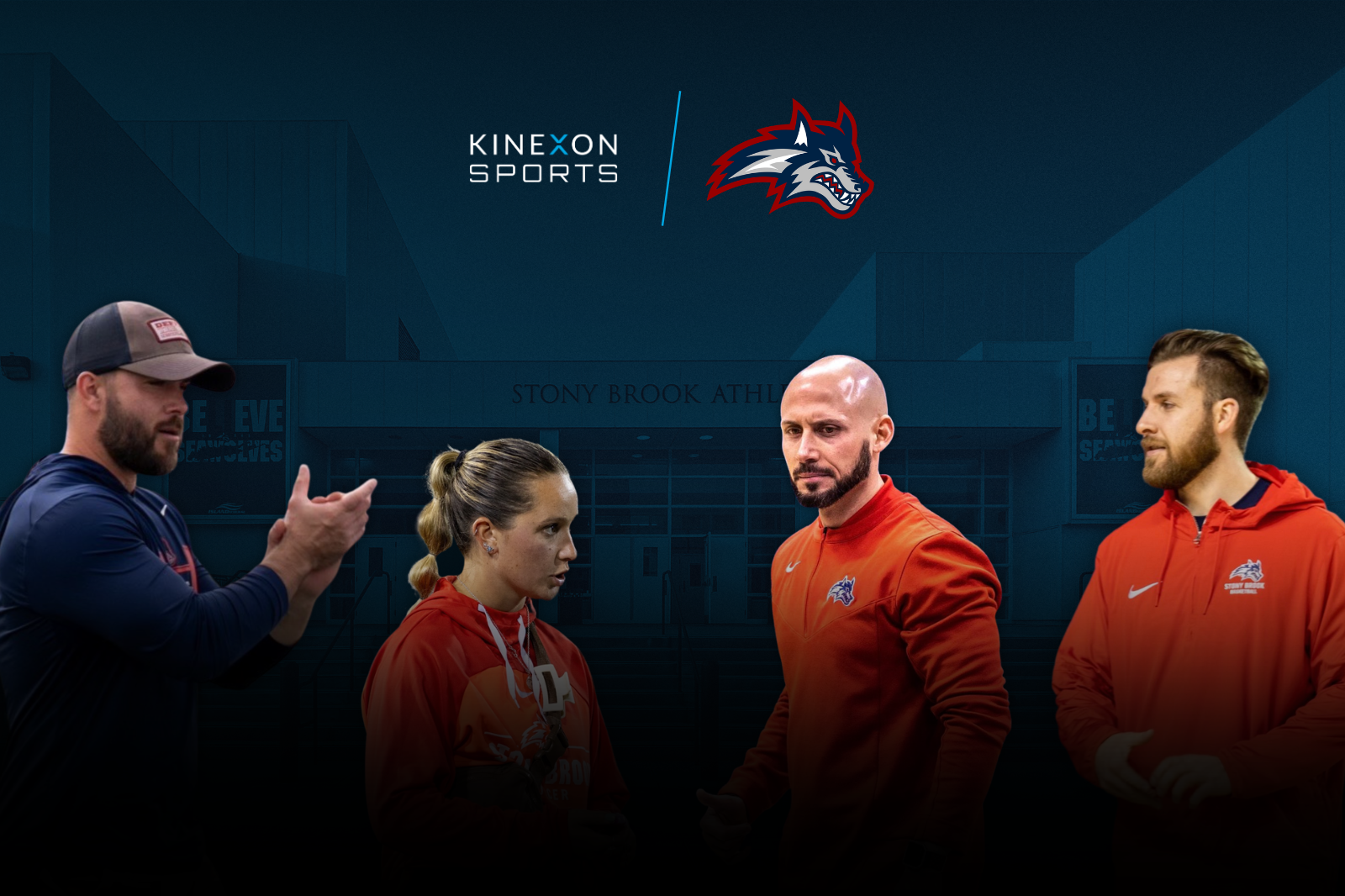How LPS Data Helps Handball Coaches Find Quality Scorers with New Insights
Researchers used LPS data and machine learning to create a new model for predicting goals in handball. It’s now helping coaches identify their quality scorers and develop better strategies. Here’s how.

A quality scorer in handball is a player who consistently scores goals using a variety of techniques and strategies. They exceed expectations, demonstrating exceptional skills even when their chances of scoring are low.
The Expected Goals (xG) model helps coaches and analysts evaluate player effectiveness in creating and converting scoring chances, even under tough conditions. It assesses individual performance, identifying players who consistently generate or capitalize on high-quality opportunities. By quantifying scoring chance quality, it measures offensive efficiency and highlights players who exceed expectations despite low probabilities.
In short, it helps coaches identify their quality scorers.
In the study titled, “Expected Goals Prediction in Professional Handball using Synchronized Event and Positional Data” researchers put together a comprehensive single-season dataset of event and local positional data (also known as LPS) from KINEXON Sports to develop an Expected Goals (xG) model for handball. The advantage of LPS over other technologies: It’s the most precise and reliable tracking data in sports.
Combining the data from KINEXON PERFORM LPS and applying machine learning techniques resulted in a predictive model that objectively quantifies the quality of scoring chances with 70% accuracy, greatly enhancing performance assessments at both the team and individual player levels.
A Guide to Tracking Three Base Performance Metrics in Professional Handball
The German Men’s Handball Bundesliga (HBL) collaborates with KINEXON Sports for positional data collection. Players are tracked using their UWB-based Location Positioning System (LPS). KINEXON’s system, featuring 14 strategically placed anchors, calculates the positions of mobile devices attached to players and the ball using Time Difference of Arrival (TDoA) and Angle of Arrival (AoA) of radio signals. This system operates at 20 Hz for player positions and 50 Hz for the ball, with validated accuracy.
According to the study’s authors, “Position data, including GPS and LPS (IPS), offers valuable insights for automated and context-sensitive analyses. Processing position data requires more technical effort but provides reliable results. Portable sensor technology-based systems utilize Ultra-Wideband (UWB) for precise localization.
UWB emits short pulses of electromagnetic energy, allowing it to work in non-line-of-sight (NLOS) conditions and environments with multipath interference. Machine learning can optimize UWB localization by identifying NLOS and multipath conditions, ensuring performance and reliability. These systems offer the most accurate data.”
Start Benefiting From Live Handball Data to Increase Revenue and Fan Engagement
Expected Goals Model and LPS: Powerful Tools
This study demonstrates how integrating an xG model and LPS data into handball analysis holistically assesses both teamwide and individual offensive performance, offering valuable insights.
The authors say their research reinforces the need for a data-driven approach in handball, fostering objective evaluations and strategic decisions. Their findings highlight the potential of machine learning in sports analytics, paving the way for exciting future research opportunities.

It also unveils groundbreaking insights into handball strategy and player performance, revolutionizing game analysis and tactical planning. These findings promise to improve player training, sharpen team strategies, and deepens a coach’s understanding of handball dynamics.
If you’d like to find out which performance metrics matter most in handball, or how the LPS system works, feel free to contact us at any time.


